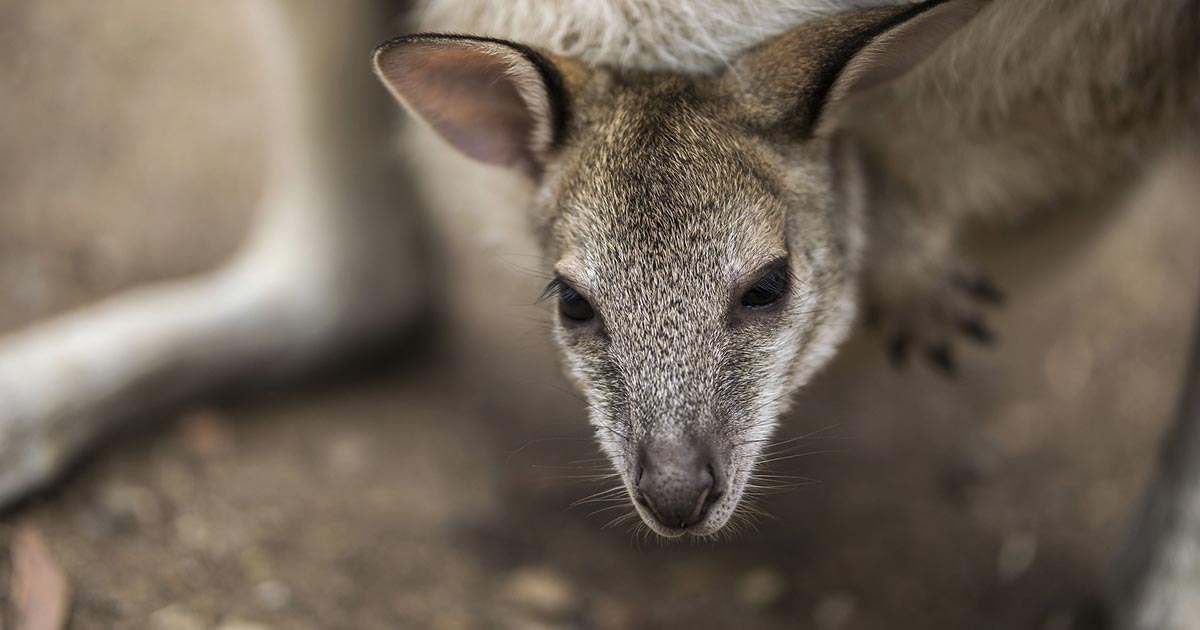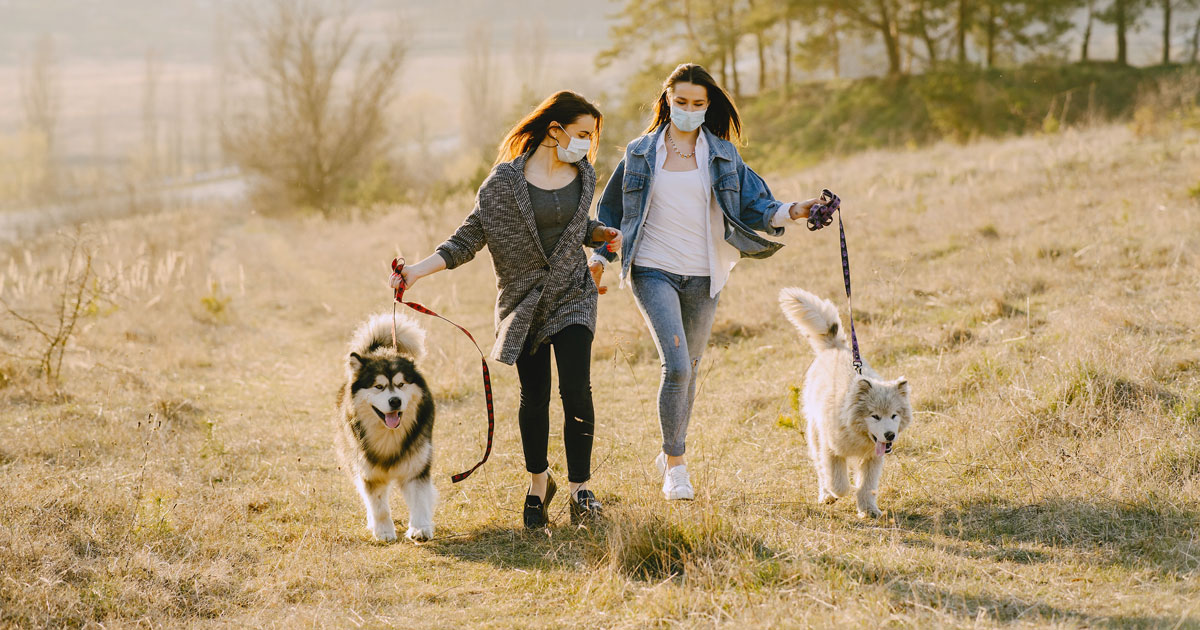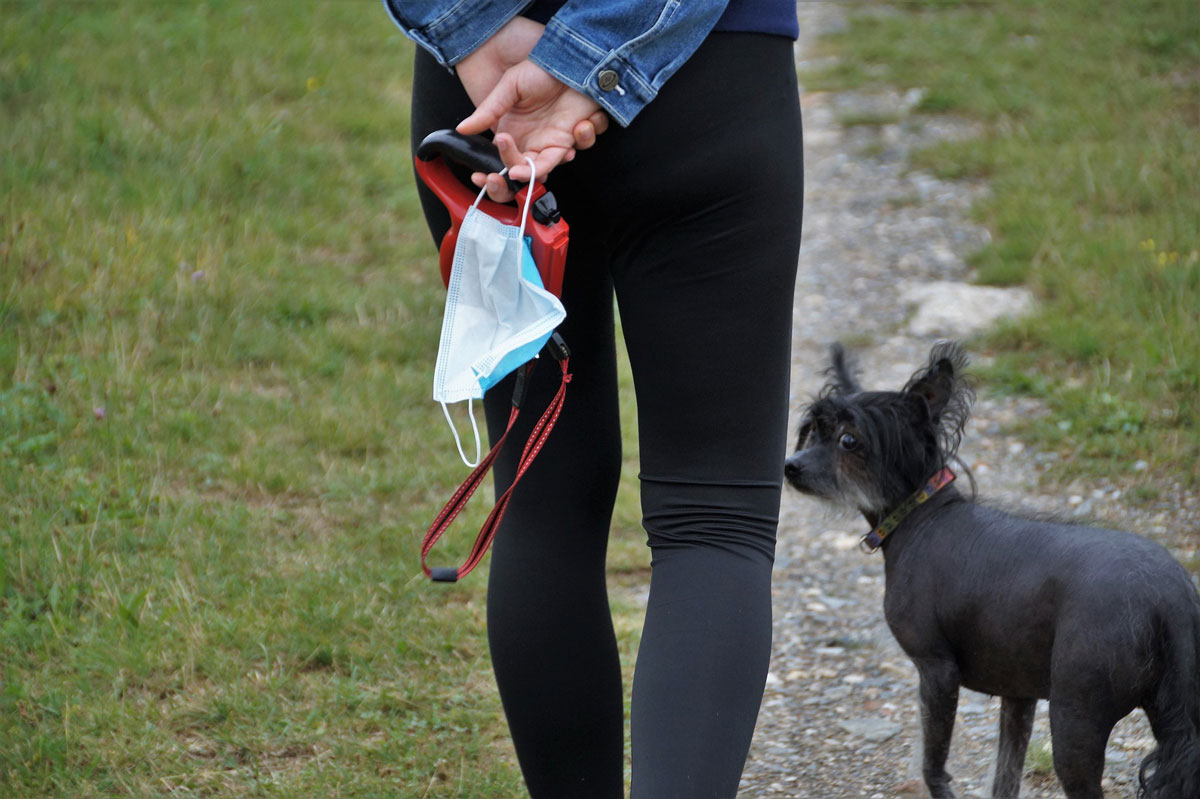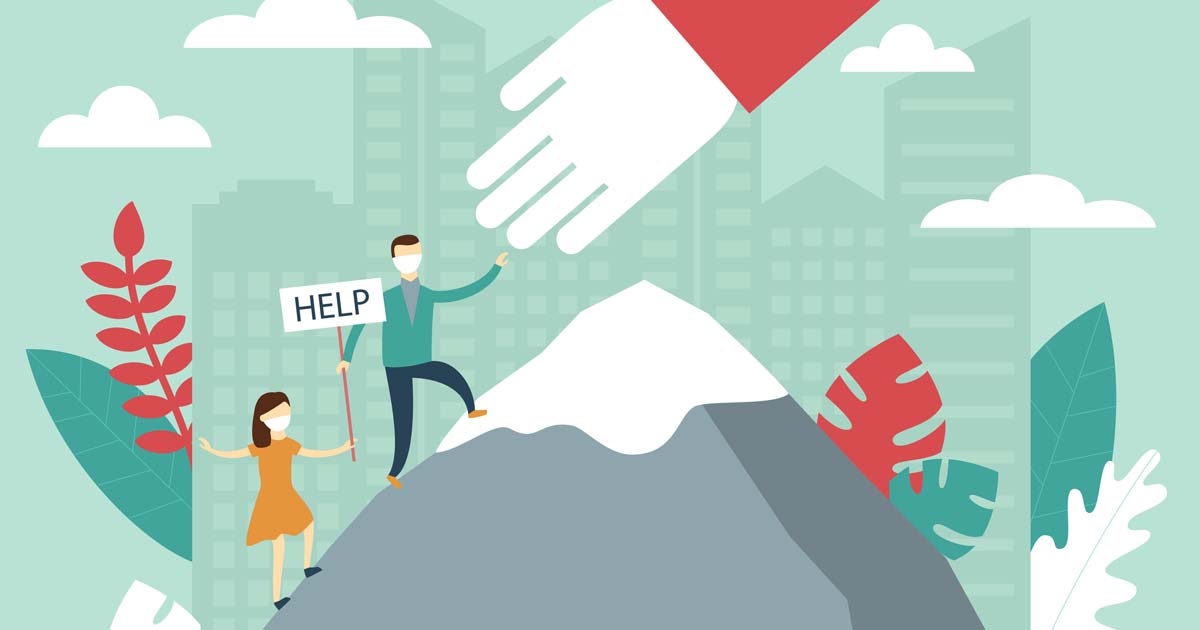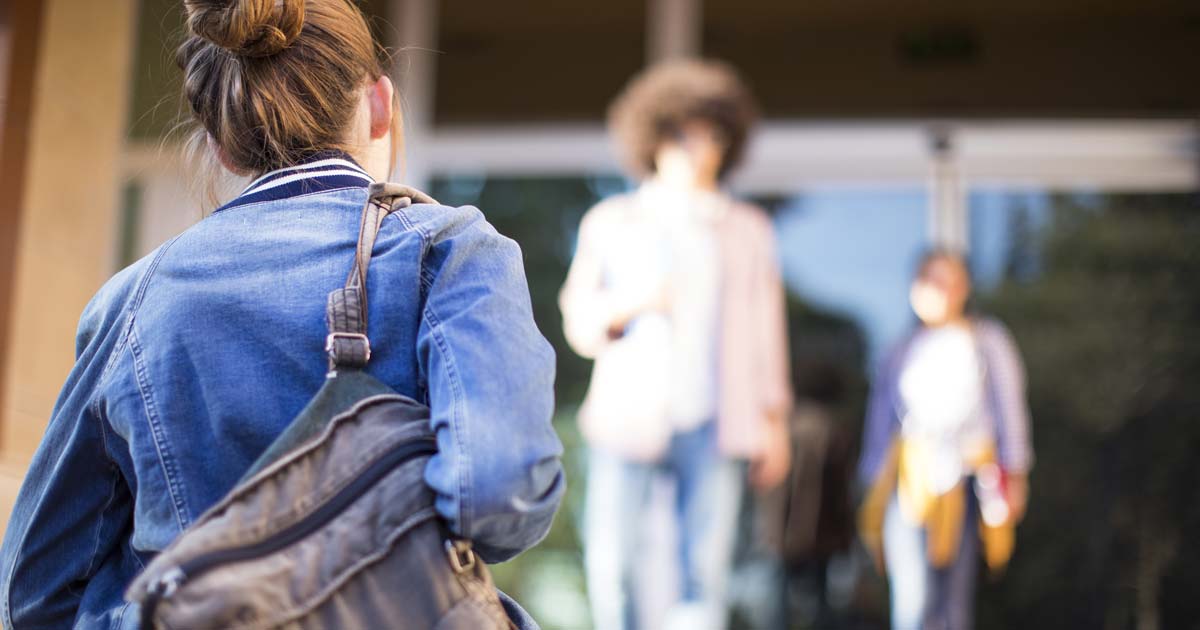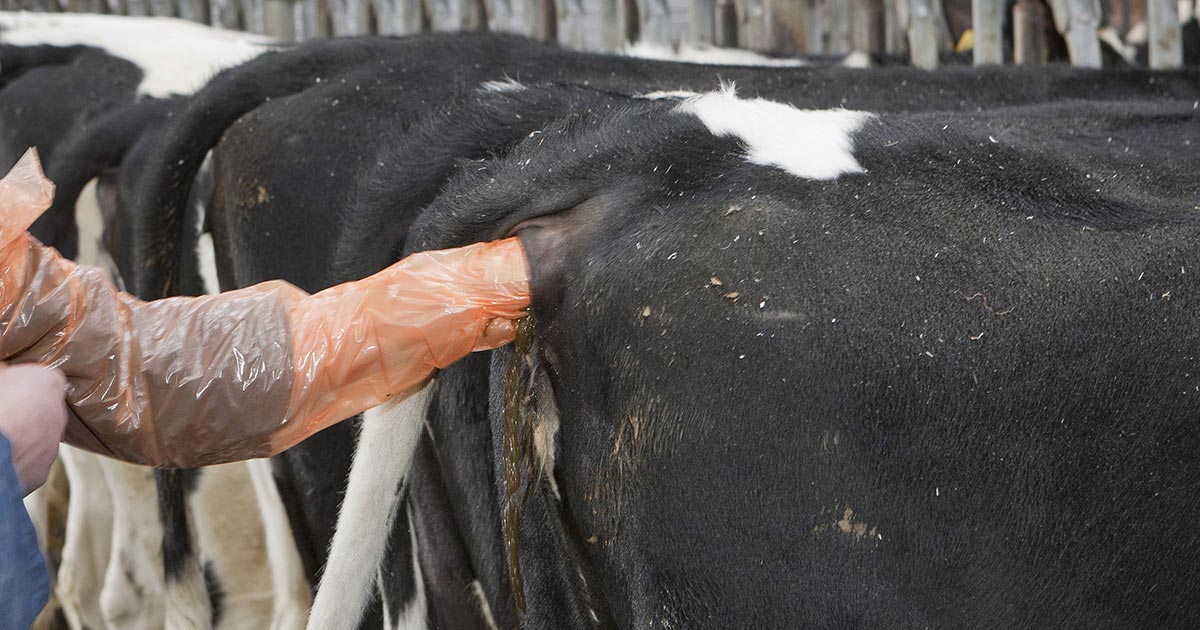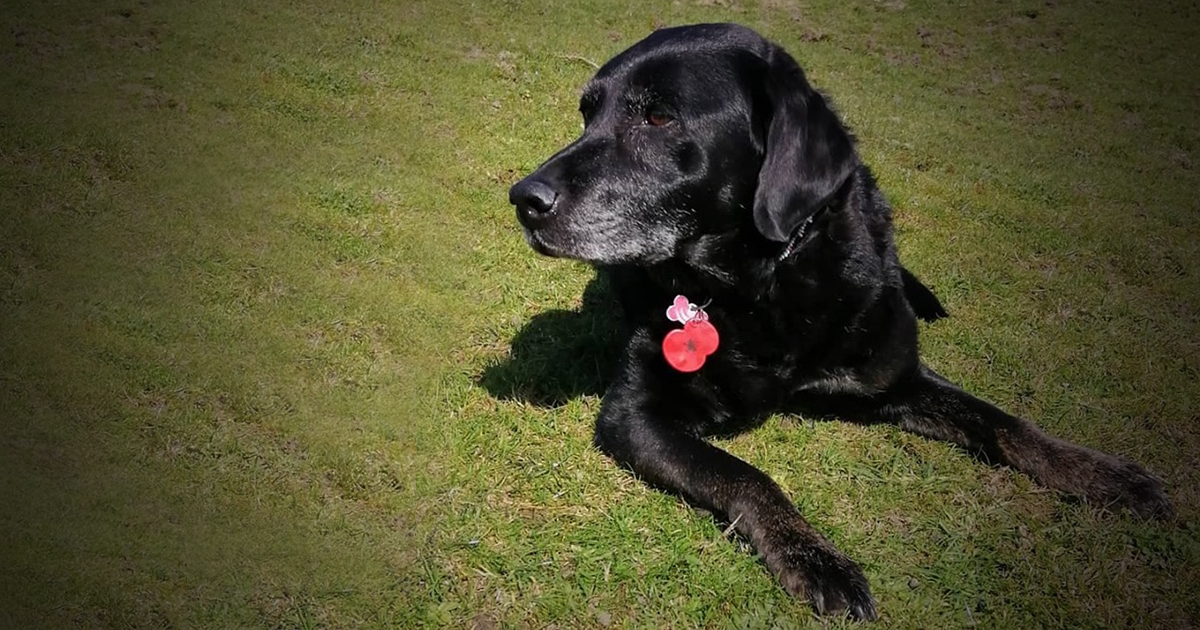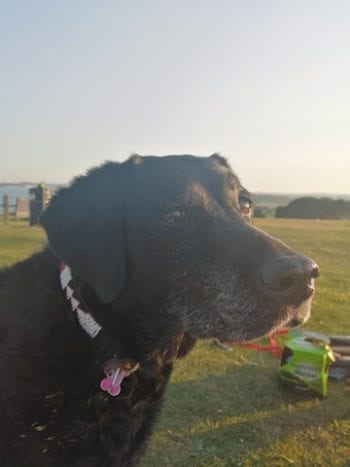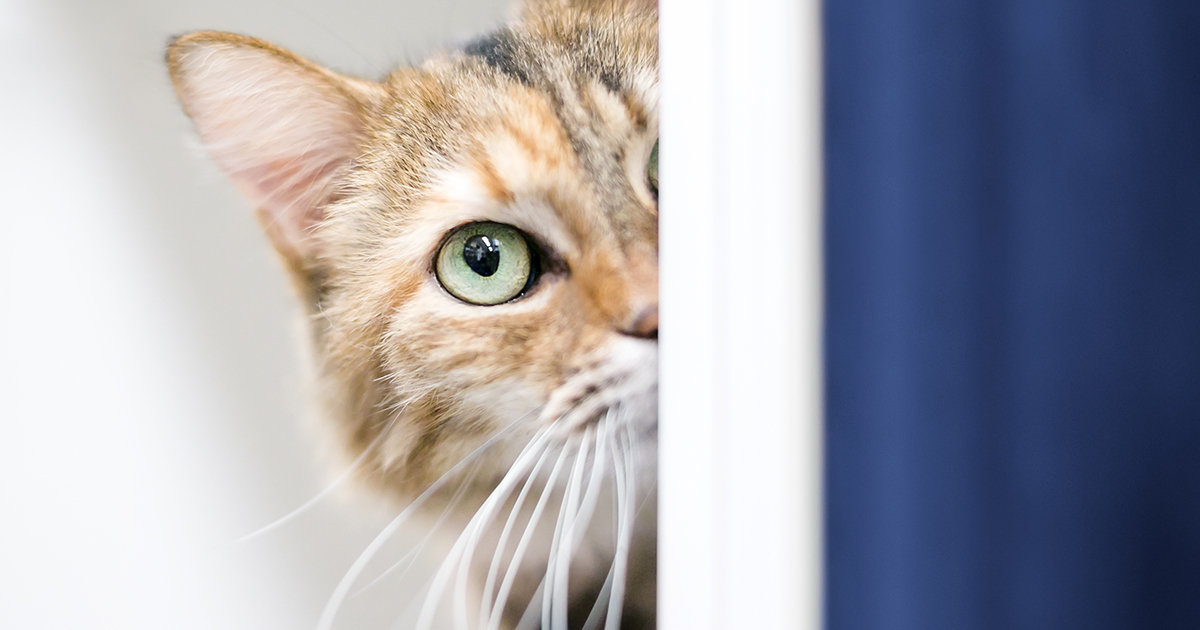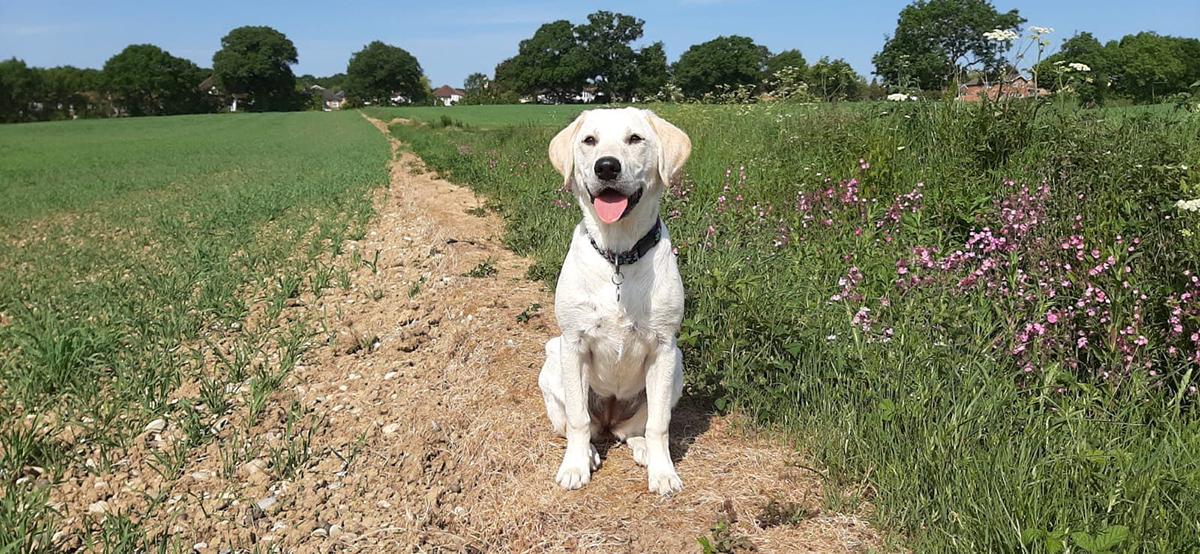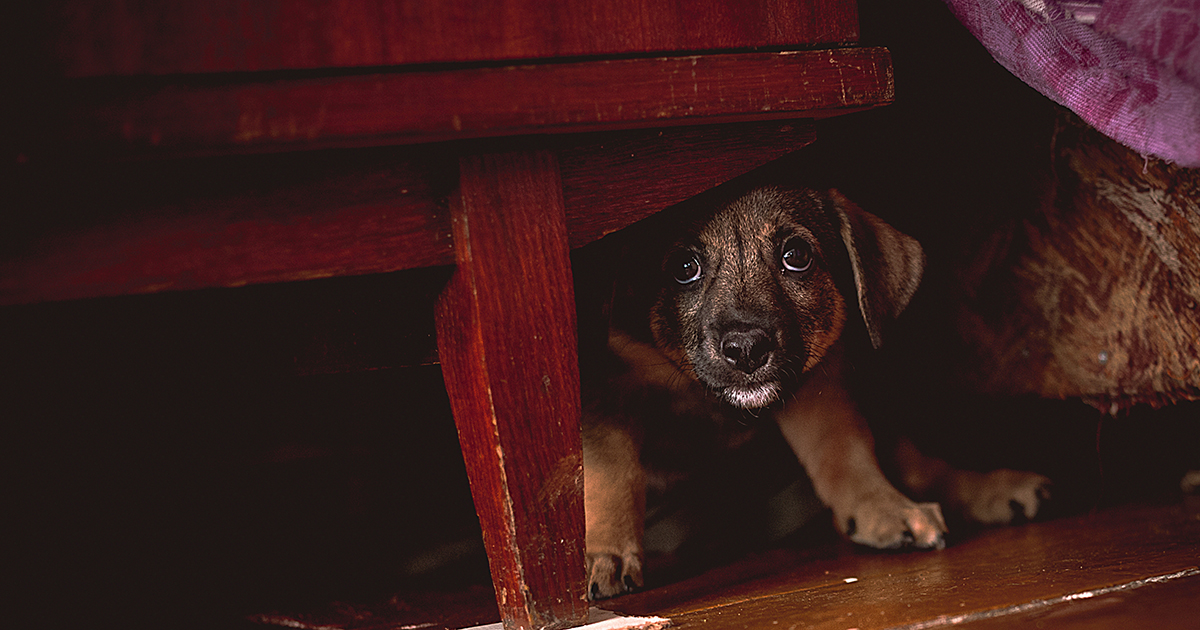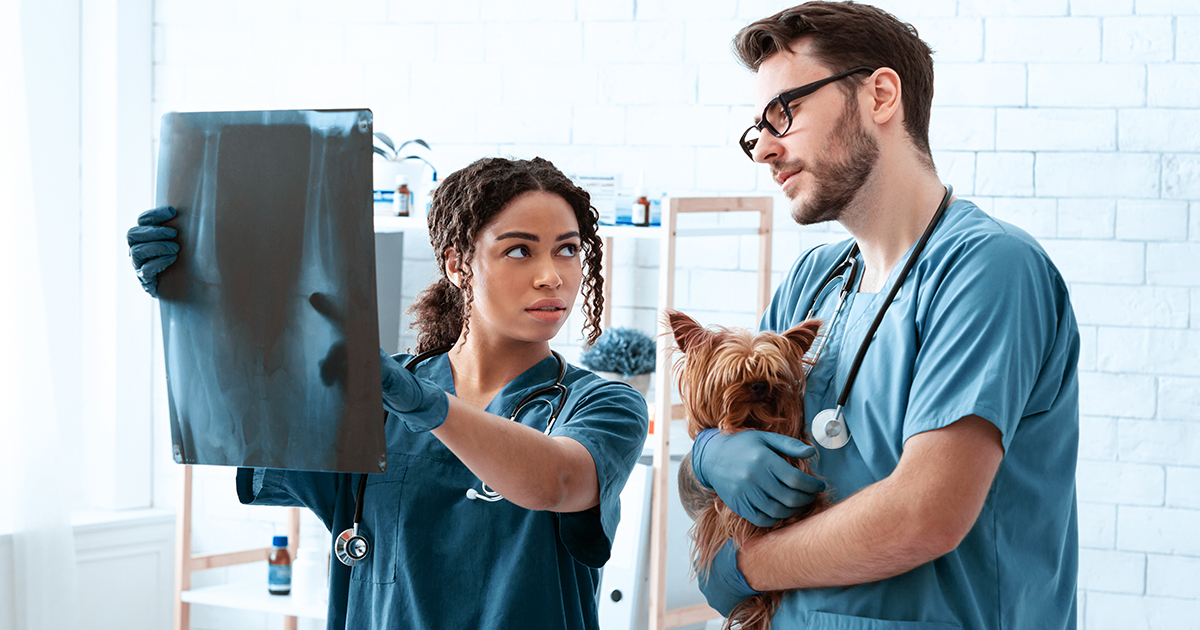Less than a month into my master’s degree in wildlife health and rehabilitation, and it’s already become apparent that a vast array of misconceptions are held by the public concerning local wildlife.
I’m already armed with far more wildlife facts than I ever thought my brain had room for. For example, did you know that a group of hedgehogs is called a prickle? Or that bees have five eyes?
The vet course is a lengthy and arduous endurance, and even so a whole wealth of animal knowledge gets left out because, for the average vet, there’s little need to know that a kangaroo has three vaginas. Unless, of course, you’re a vet working in Australia – in which case, g’day!
The unfortunate facts
In my lectures, alongside these charming facts came the statistic that in the majority of wildlife rescue centres, more than 50% of “abandoned orphan” admissions are a mistake on the well-meaning public’s part and are, in fact, just young fledglings still getting used to their wings.
That’s in excess of 50% of “avian orphan” admissions that have to be assessed, put through the system, housed and then released back into the wild – more than 50% of resources wasted.
It’s also true that feeding hedgehogs milk and birds bread can make them ill, and that setting out food or bird feeders can provide a breeding ground for disease transmission and propagation.
And it’s a truth that is kept somewhat from the public that, for a large proportion of wildlife casualties, there is little to be done but palliative care and euthanasia.
Small acts of kindness
This topic really gets me down, because with all of the ecological, environmental and diversity destruction ongoing around the world, small acts of kindness and sympathetic good deeds seem few and far between – and as someone passionate about wildlife and conservation, the last thing I want to do is discourage them.
A lot of problems exist in this world, and humans cause 99% of them, so when someone goes out of his or her way to try to do the right thing and it ends up causing more harm than good – whether he or she knows it or not – it seems like such a waste of good intentions.
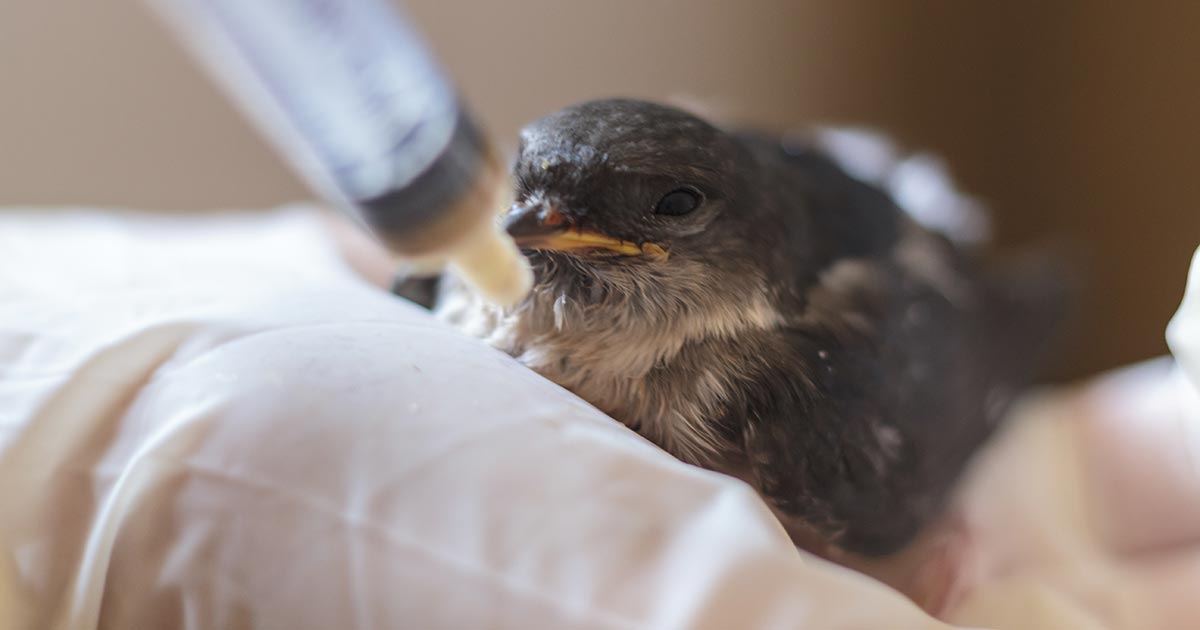
Can’t do right for doing right
The real crux of the matter is the paradox of education. It’s understandable that the public make mistakes regarding wildlife when so much is still unknown to the professional community.
That being said, if the wide range of new data at our fingertips could be available for the layman, such mistakes might be mitigated. However, there’s only so much unrequested education people can tolerate before they just give up.
Similarly, if you let every member of the public who brings in an injured animal know the percentage of animals that have had to be euthanised that day, they might just take it on themselves not to bring it in at all, or (an even worse possibility) attempt to care for it themselves.
Sad, but true
Stories of people attempting to hand-rear everything from birds to large cats are, while superficially admirable, most often doomed to failure.
Research is constantly being conducted into nutritional requirements, behavioural norms and habitat necessities on all the species we’re still not 100% on… and that’s pretty much all of them.
If the leading minds in the field are still messing it up, there’s not much hope for the average Joe – even with all the good intentions in the world.
